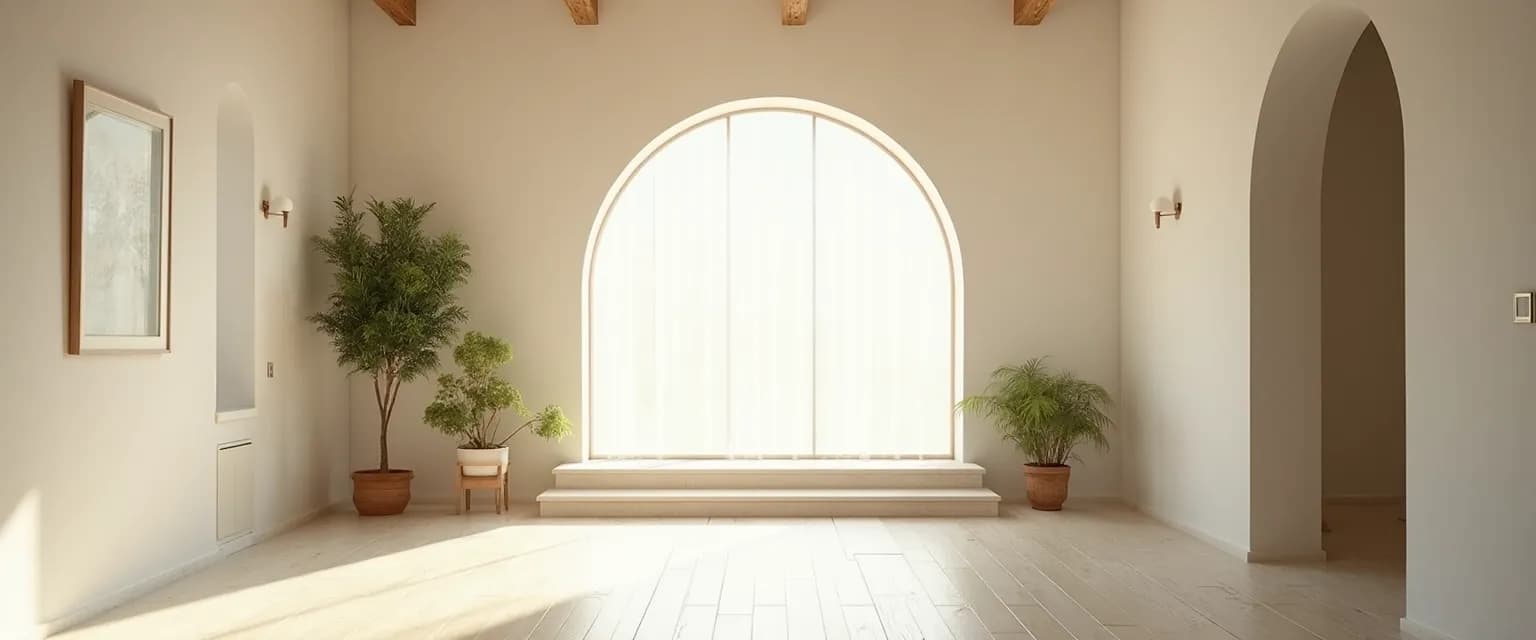5 Foundational Principles of Psychitecture for Designing the Mind
Ever felt like your thoughts are running wild? Designing the mind the principles of psychitecture offers a revolutionary approach to creating emotional balance in our chaotic world. Think of psychitecture as interior design for your brain—structuring thoughts and feelings into patterns that serve rather than sabotage you. These principles aren't just theoretical concepts; they're practical tools you can use every day to reshape how you experience life. By understanding and applying the foundational principles of psychitecture, you're essentially becoming the architect of your own mental landscape.
The beauty of designing the mind the principles of psychitecture lies in its accessibility. You don't need a psychology degree or hours of meditation to benefit from these practices. Just like mindfulness techniques have become mainstream tools for emotional regulation, psychitecture principles offer straightforward ways to restructure thought patterns for greater emotional resilience. Let's explore five foundational principles that can transform your mental landscape and help you achieve lasting emotional balance.
The First Two Principles of Psychitecture for Designing the Mind
The journey of designing the mind the principles of psychitecture begins with awareness. The first principle, Mental Environment Awareness, is about becoming conscious of your thought ecosystem. Just as you'd notice the furniture arrangement in a room, this principle teaches you to observe the recurring thoughts that populate your mental space without immediately reacting to them.
To practice Mental Environment Awareness, try the "thought notice" technique: set a timer for three minutes and simply observe your thoughts as they arise, without judgment. This builds your capacity to step back from automatic thinking patterns, creating space for intentional design.
The second principle in designing the mind the principles of psychitecture is Emotional Architecture—deliberately constructing response patterns that serve your wellbeing. When you feel anger rising, for example, you can choose to build a "cooling corridor" of breath work rather than an "explosion chamber" of reactivity.
A simple practice for Emotional Architecture is the "response blueprint": when facing a challenging emotion, pause and mentally sketch three possible response pathways. This trains your brain to see options rather than defaulting to habitual reactions, a cornerstone of stress reduction through mental redesign.
Three Advanced Principles of Psychitecture for Designing Your Mind
As you progress in designing the mind the principles of psychitecture, you'll discover more sophisticated tools. The third principle, Thought Pattern Recognition, involves identifying recurring mental habits that shape your emotional landscape. These patterns often operate below awareness but significantly impact how you experience life.
Try the "pattern spotting" technique: notice when you feel a strong emotion and trace it back to the thought that preceded it. Over time, you'll recognize patterns like catastrophizing ("Everything's going wrong!") or personalizing ("It's all my fault").
The fourth principle of designing the mind the principles of psychitecture is Cognitive Restructuring—actively redesigning unhelpful thought patterns. Once identified, these patterns can be remodeled like renovating an outdated room.
A practical application is the "evidence gathering" approach: when a negative thought arises ("I'm terrible at presentations"), collect evidence both supporting and contradicting this belief. This balanced perspective creates mental flexibility, a key component of emotional balance techniques.
The fifth principle in designing the mind the principles of psychitecture is Integration Practice—making these principles automatic through consistent application. This transforms conscious effort into unconscious competence.
The "mental check-in" practice helps with integration: set three daily reminders to briefly assess your mental state and apply the appropriate psychitecture principle. This builds neural pathways that make emotional regulation more automatic over time.
Mastering the Principles of Psychitecture in Your Daily Life
The true power of designing the mind the principles of psychitecture emerges when all five principles work in concert. Neuroscience confirms that repeated mental practices create new neural pathways, literally redesigning your brain's architecture for improved emotional balance.
Remember that designing the mind the principles of psychitecture isn't about perfection—it's about progress. Even implementing one principle for five minutes daily creates significant change over time. Start with Mental Environment Awareness, then gradually incorporate the other principles as they become familiar.
By committing to these foundational principles of psychitecture, you're not just temporarily managing emotions—you're fundamentally redesigning the mind the principles of psychitecture for lasting emotional balance. Your mind is your most valuable real estate; with these tools, you become both the architect and builder of your mental home.




